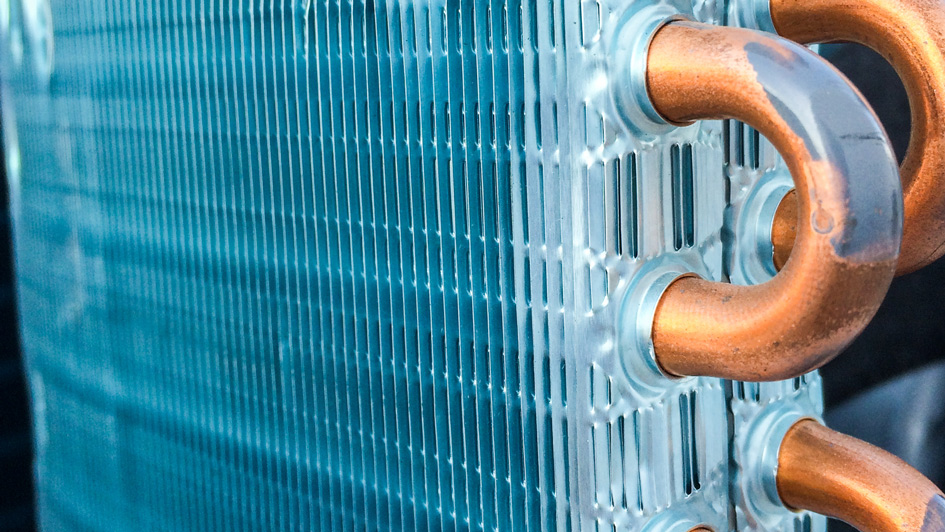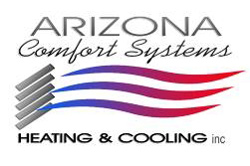
A furnace is almost always a background player at home, keeping you warm during the cold winter months. It regularly won't be noticed until a malfunction appears.
One cause could be that your furnace has a cracked heat exchanger. It can potentially be hazardous, so it’s worthwhile to learn the signs of a cracked heat exchanger and what to do if you believe that might be the problem.
What Is a Heat Exchanger in a Furnace?
A heat exchanger helps move heat from the combustion chamber inside your furnace to the air that flows through the ventilation. It usually accomplishes this via coils or tubes that heat up the air while functioning as a barrier to keep gas produced in the combustion chamber, called flue gasses, from leaking out into your home.
Is a Cracked Heat Exchanger Dangerous?
Because of its important role, it isn't surprising that a cracked heat exchanger can pose a risk. A damaged heat exchanger can permit dangerous gasses – like carbon monoxide, which can be lethal – to circulate throughout your home.
For that reason, don't ever run your heater if you suspect it has a cracked heat exchanger, as doing so could make the entire family ill. Reach out to an HVAC professional immediately if you think your heating has a cracked heat exchanger that should be repaired.
Four Warning Signs of a Cracked Heat Exchanger:
- Furnace turns off: A crack in your heat exchanger can cause your furnace to switch off.
- Odd Smells: If the air escaping your furnace has a powerful chemical smell, it may be evidence gasses are leaking through cracks in your heat exchanger. These byproducts, which can smell like formaldehyde, are a major warning sign.
- Carbon monoxide alarm initiates or you feel symptoms of poisoning: If a cracked heat exchanger is emitting carbon monoxide into your home, your carbon monoxide alarm may go off or household members may struggle with signs of carbon monoxide poisoning. Symptoms include headaches, dizziness, weakness, nausea, vomiting or feeling sleepy. If an alarm goes off or you feel unwell, exit the home as soon as you can and then call for help.
- Soot: If you spot black sooty collecting near the exterior of your furnace, it’s an indication something may be seriously wrong.
What You Can Do if the Furnace Heat Exchanger is Cracked
If you suspect your furnace has a cracked heat exchanger, hire a pro experienced in furnace installation Sierra Vista right away so they can take a look at your system and, if necessary, start a furnace heat exchanger replacement. Costs should vary depending on the situation, but estimates run in the neighborhood of $1,000 to $3,000.
Estimates aside, the good news is that heat exchangers are generally covered by the warranty. You should review the warranty paperwork on your furnace, because while the warranty may not cover the entire cost of repairs, it can significantly reduce your bill.
How to Prevent a Cracked Heat Exchanger in Your Home
One of the best ways to prevent a problem in your furnace overall is via regular furnace maintenance. Furnaces provide the best possible return on investment when they run efficiently. Calling a trained professional to examine your furnace for old parts, clogs in the air filters and other likely problems can help you avoid getting a big bill later on.
It’s also helpful to take a look at your furnace filters every few months – it’s ideal some filters be replaced every 90 days or sooner if they are dirty or grimy. While the filters are not part of the heat exchanger itself, the strain of dragging air through a clogged filter makes the entire furnace work more vigorously to accomplish its job. And the harder your furnace has to work, the more deterioration pieces like the heat exchanger will endure.
